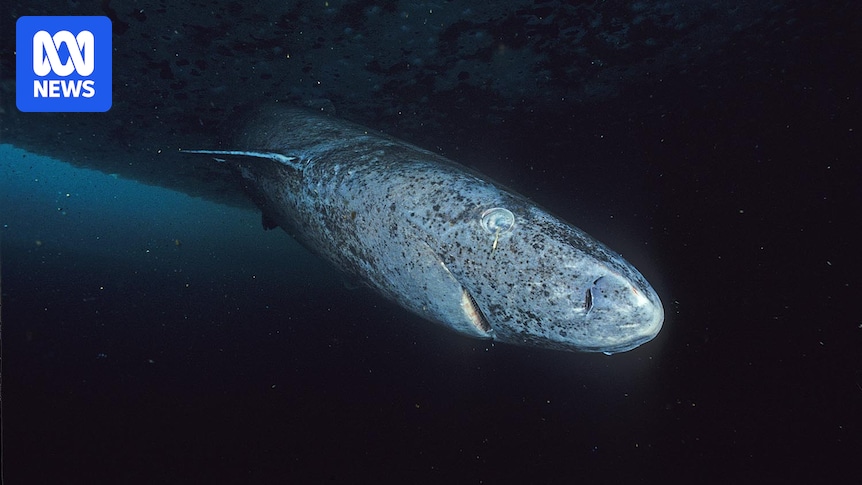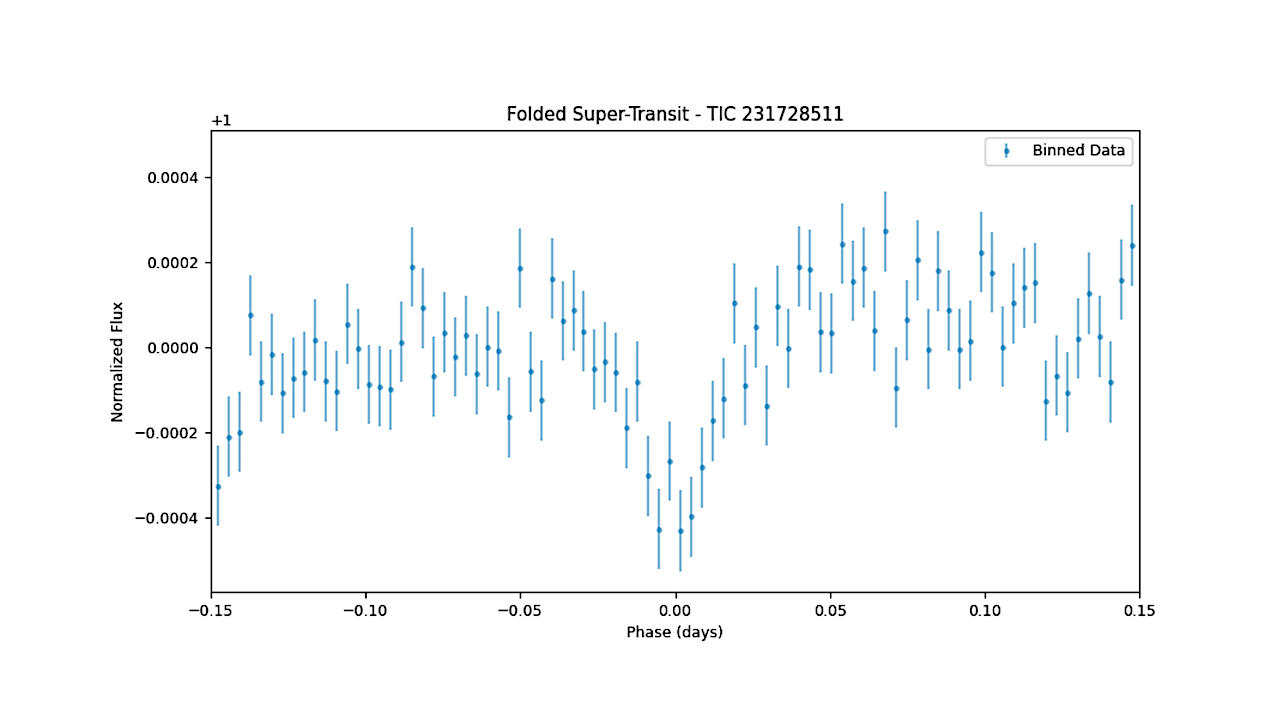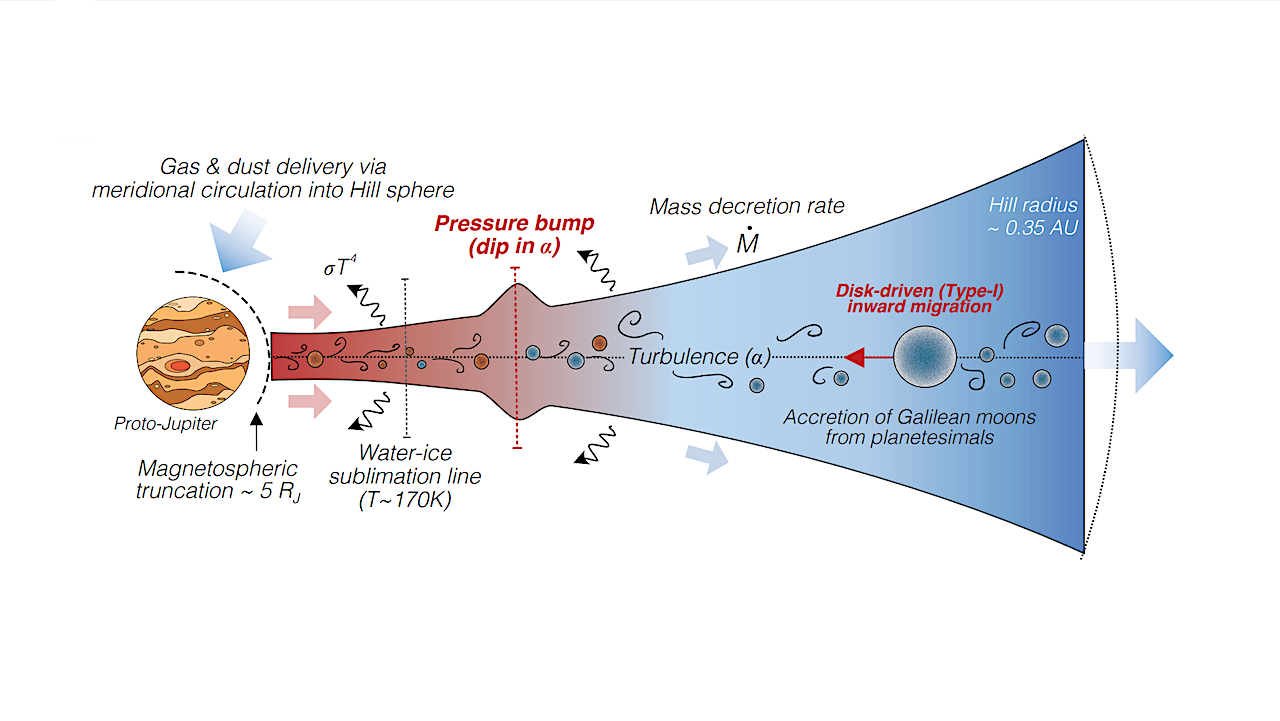…
Category: 7. Science
-

Altoona professor speaks at Eastern American Philosophical Association
ALTOONA, Pa. — Brian Onishi, associate professor of philosophy at Penn State Altoona, was an invited speaker for a session at the annual meeting of the Eastern American Philosophical Association held this week in Baltimore.
The session was…
Continue Reading
-

Eyes of the world’s longest-living vertebrate, the Greenland shark, show little ageing
Swimming at a crawl with cloudy eyes and mottled skin, the Greenland shark looks like it’s seen better days.
The shark’s eyes were thought to be barely functional, as it spends most of its time in pitch black waters up to 3,000 metres deep.
And…
Continue Reading
-

When does the Nasa Moon mission launch and who are the Artemis II crew?
Pallab Ghosh,Science Correspondentand
Alison Francis
 NASA
NASAArtemis II Crew: left Christina Koch, back Victor Glover (pilot), front Reid Wiseman (commander), right Jeremy Hansen The first crewed Moon mission in more than 50 years could be launched by…
Continue Reading
-

China Breaks Space Laser Heating Record 2025
China has reported a major advance in space science after successfully achieving ultra-high temperatures using containerless laser heating under microgravity conditions. The experiment marks a significant step forward in materials research…
Continue Reading
-

Key protein in the tuberculosis bacterium helps protect itself from foreign DNA
Researchers at the Indian Institute of Science (IISc), with collaborators from the Institute of Mathematical Sciences (IMSc), have discovered how a key protein in the tuberculosis bacterium helps protect it from the influence of…
Continue Reading
-

Experts say oceans soaked up record heat levels in 2025
Ocean heat rose ~23 zettajoules in 2025, equal to nearly 40 years of global energy use
Ocean warming is not uniform, with some areas warming faster than others. PHOTO: PIXABAY
…Continue Reading



